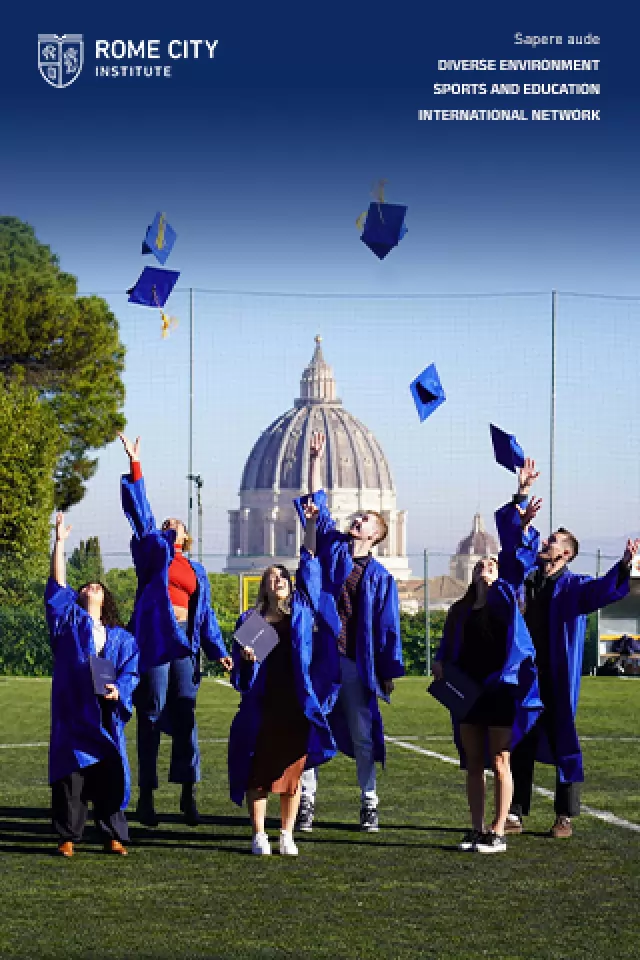Canaletto. Il trionfo della veduta.
12 March-19 June 2005. About 40 paintings and the same number of drawings, together with a collection of prints, illustrate Canalettos evolution of style and taste during the central period of his activity in the early 18th century, and particularly highlight his relationship with the city of Rome. The works are on loan from public and private collections worldwide.
Canaletto (1697-1768). Il Trionfo della Veduta. 40 oils and 40 drawings and etchings. Until 19 June.
In the days when gentlemen wore periwigs and swords and went on the Grand Tour to delect themselves, there were no postcards, no cameras and no sweaty tourists. Nevertheless there was a need to carry away a souvenir of magic Italy into everyday life in manors under sober northern skies. The travelling lords and scholars and artists not only brought back coach loads of old paintings and statuary, but invested in made-to-order views: La Veduta.
One of the first vedutisti, Caspar Van Wittel, in a jolly woolly way, painted big views of Rome, exaggerating its baroque piazzas into wide undulating fields. Then came Canaletto from Venice, more refined, more orderly; then there was Francesco Guardi, more atmospheric and with a calligraphic touch; then homey, anecdotal Longhi, and eventually thoughtful Belotto, who was a nephew of Canaletto. All in the rococo period had given up the steadiness of the Madonna and her draped saints and angels for the steady repeat of sparkling architecture threaded into yearning distances; as well as the traffic of the busy daily life of little people accurately observed milling in the foregrounds. The colours were bisquit white, porcelain pink and blue, and beyond a few shadows and bits of red as accents, the dark of deep green lacquered water.
The Venetian Giovanni Antonio Canal grew up as an apprentice in the workshop of his father, a scene painter. He went to Rome with him to do sets for Scarlatti operas at the Teatro Capranica. Getting back home he settled down to easel painting and was suddenly noticed in 1725 as one of the ablest of Vedutisti.
In the 1730s the English consul, John Smith, a voracious collector and merchant of art, became his exclusive agent. In 1746 Canaletto went to London, now painting English vedute, with less sharpness and immediacy than his Venetian ones. From the 1740s to his death in 1768, his production was tireless. But commercial demand took its toll and made his work increasingly repetitive, soulless and stiff.
This exhibition is a state-of-the-art product. The best oils from all periods have been lent from the best museums all over and have been carefully selected and installed. There is a scholarly display of intricate graceful small annotations in ink, and of etching.
The show begins with a big Capriccio of the Forum in sepia tones, pyramid and upright or fallen columns feathery with sprouting greenery like a dense theatre backdrop. Immediately after, four Grand Canal views are like jewels. Here the wet sea light, after a sea storm, illuminates bell towers, cupolas, clusters of chimneys, gondolas and touches of little humans pecking like pigeons, and the deep green glassy waters of the splendid water city. Later a view of the clock tower in Piazza S. Marco and Il Fontegatto della Farina are still light and sprightly. And a Visit of the Doge at the Scuola San Rocco is bigger and comfortably busy.
But gradually the rows and rows of same windows, the repeats of ornate detail all that which could be done and probably was done by apprentices palls on you. If you are not a scholar, the impersonal tightness and stillness of the later Canaletto wears you down and makes your attention wander. The memory of the first glinting dashing water views still linger. But later the paintings are formula, glorified postcards, bland greetings from a far, pretty land. Vedute by Guardi, Belotto and others round out your understanding of this specifically-Venetian painting style. Edith Schloss
General Info
View on Map
Canaletto. Il trionfo della veduta.
Palazzo Giustiniani, Via dei Giustiniani 11, tel. 199112112. Sun-Wed 09.30-19.30, Thurs-Sat 09.30-21.00.


















